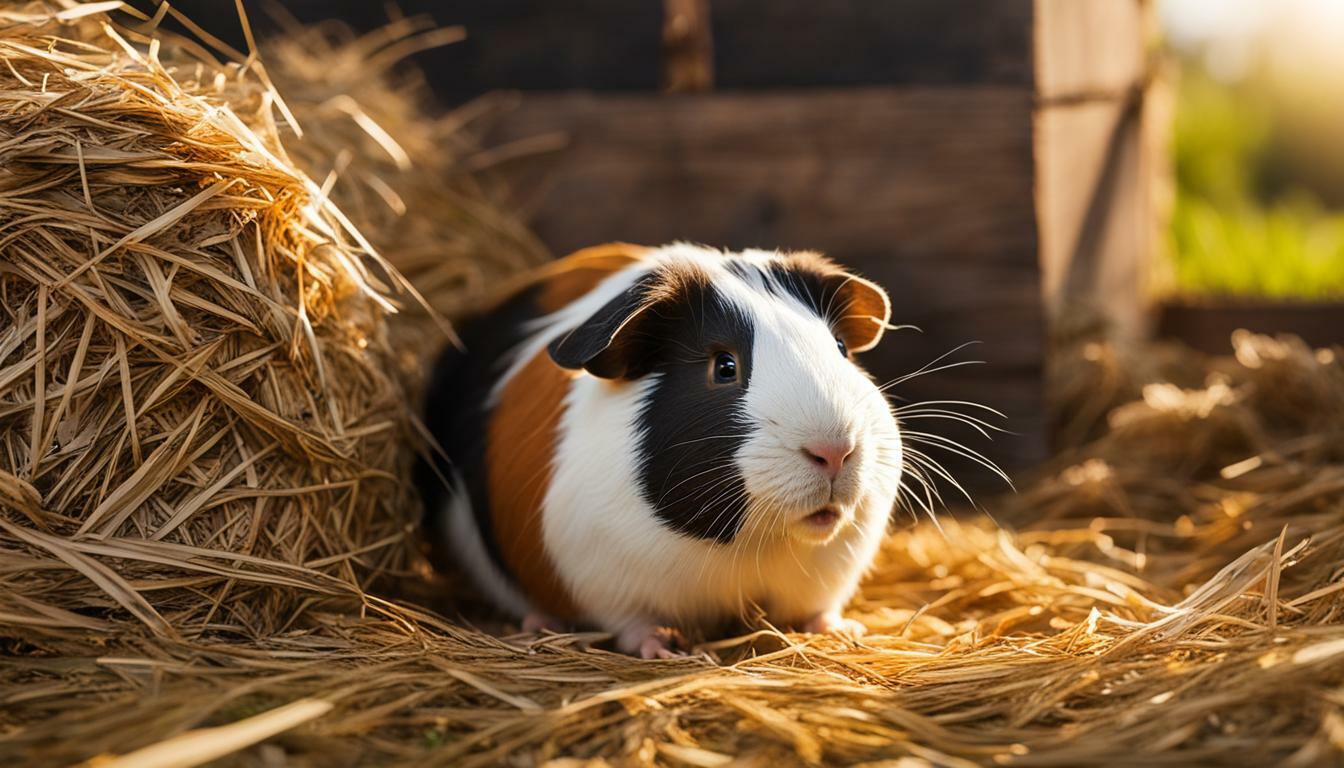10 Interesting Facts About Foxes You Never Knew

Table of content:
- Understanding Fox Species: Meet Your Backyard Visitors
- 10 Interesting Facts About Foxes That Will Amaze You
- The Secret Life of Fox Families and Social Behavior
- Extraordinary Fox Senses and Hunting Abilities
- Fox Communication and Vocalizations
- Urban Fox Adaptation and Survival Strategies
- Conclusion: Living Harmoniously with These Remarkable Creatures
Foxes are amazing animals that people love all over the world. They live in many places, like the cold Arctic and hot deserts. We’ll share 10 cool facts about foxes that you might not know.
Did you know there are four kinds of foxes in Canada? These are the red fox, Arctic fox, swift fox, and grey fox. Each one is special and fits well in its own home.
The Arctic fox is super tough. It can handle -50 degrees Celsius. It’s the only mammal that lives this far north. Arctic fox parents have to hunt 100 lemmings a day to feed their big family!
Foxes also have a great sense of the Earth’s magnetic field. This helps them when they hunt. Czech scientists found that foxes usually go 20 degrees east of north to catch their prey.
Foxes make over 20 different sounds, like the scary “fox scream.” They can even climb trees, which is rare for dogs. Let’s learn more about these incredible animals!
Understanding Fox Species: Meet Your Backyard Visitors
When you go outside, you might see your fox friends. The red fox and the gray fox are common in North America. Each has its own look and where it likes to live.
Red Fox Characteristics
The red fox has a bright coat that can be red, gray, black, or white. They can grow up to 20 inches tall and weigh up to 35 pounds. They have black legs, black-tipped ears, and a white-tipped tail.
Grey Fox Features
The gray fox is smaller, about two feet long and weighs less than nine pounds. They have a dark stripe on their back and a black-tipped tail. Gray foxes live in many places, while red foxes came from Europe.
Geographic Distribution
Red foxes live all over North America, from Alaska to Mexico. They even live in cities and suburbs. Gray foxes live in the east, center, and west coasts of the United States.
Seeing a red or gray fox in your yard is amazing. They show how diverse and flexible nature is. Knowing about these foxes helps us enjoy the wildlife around us.
10 Interesting Facts About Foxes That Will Amaze You
Foxes are amazing animals with cool skills and traits. They can visit your backyard or live in the wild. They have many interesting things about them that will surprise and delight you. Here are 10 amazing fox facts that will amaze you.
- Exceptional Hearing: Foxes can hear a watch ticking from 40 yards away. This is because of their exceptional low-frequency hearing.
- Magnetic Navigation: Foxes can use the Earth’s magnetic field to find their prey. This gives them a big advantage when hunting.
- Varied Diet: These omnivores eat a wide range of foods. They enjoy rabbits, rodents, birds, frogs, earthworms, berries, and fruits.
- Cat-like Agility: Foxes are agile like cats. They have vertically slanted pupils and can climb trees. They also move quietly by using the balls of their feet.
- Annual Reproduction: Foxes only have one baby a year. Mating happens in January or early February.
These are just a few of the many cool fox adaptations. As you learn more about foxes, you’ll be amazed by their skills and behaviors.
The Secret Life of Fox Families and Social Behavior
Explore the amazing world of fox families. Their bonds are strong, going beyond just survival. Fox behavior, including their social life, is truly fascinating.
Understanding the Fox Den
Fox families live in underground dens. These dens are safe and warm. They have many ways to get in and out.
Young fox cubs grow up in these dens. It’s a cozy place for them to grow.
Caring for Fox Cubs
A fox family usually has 4-6 cubs. They are born in March or April. The cubs are helpless at first.
The mother fox, or vixen, nurses them for two months. The father, or dog fox, hunts for food. As the cubs grow, they learn to hunt with their parents.
The family stays together in the den for about seven months. This shows how strong their bonds are.
Extraordinary Fox Senses and Hunting Abilities
Foxes have amazing senses that help them in the wild. Their eyes can see well in the dark. They have a special layer called the tapetum lucidum that makes their vision stronger.
This helps foxes hunt at night. They can see better in the dark than most animals.
But their hearing is even more special. They can hear very small sounds and movements. They can even hear a watch ticking from far away.
They use their hearing and the Earth’s magnetic field to find food. This helps them catch prey, even when it’s hidden.
These fox senses make them great at fox hunting. They can find and avoid their fox predators. This helps them survive in many places.
Foxes have incredible eyesight and hearing. These skills make them excellent hunters and survivors. By learning about their amazing abilities, we can appreciate them more. We can also live in harmony with these backyard wonders.
Fox Communication and Vocalizations
Foxes make over 40 different sounds to talk to each other. They are best known for their scream-like howls. These howls help them mark their territory or find other foxes.
They also do “gekkering,” which sounds like guttural chatters. This happens during fights or when they’re socializing.
Types of Fox Sounds
Foxes make many sounds to show their feelings. Here are some:
- Barks to warn others of danger
- Whines to show they’re giving in or trying to make peace
- Growls when they’re feeling aggressive or want to be in charge
- Yips to show they’re excited or want to play
- Snarls when they’re angry or scared
Territorial Marking and Behavior
Foxes, especially red foxes, are very territorial. They use their voices and scent to mark their territory. They have special glands at the base of their tails that make a strong smell.
This smell helps them keep their territory safe.
Social Interactions
Even though foxes hunt alone, they like to play and be social. They might even take things like golf balls to play with. This shows they’re curious and a bit naughty.
They use sounds and body language to show their feelings. This helps them talk to each other during play or when they’re just hanging out.
Urban Fox Adaptation and Survival Strategies
The city has become a great place for urban foxes. They have learned to live well in places where humans are around a lot. They find lots of food and places to hide in cities.
Urban foxes are smart about where they make their homes. They dig under bushes and sheds. They even use spots under tree roots and near railways. This helps them stay safe and hidden.
They also know how to find food in the city. They eat garbage, pet food, and fruits that fall from trees. This helps them survive in the city.
To keep urban foxes from getting too close, we can do a few things. We should keep garbage tight and not leave food out. We should also not feed them directly. Playing a radio and using towels soaked in ammonia can also help keep them away.
By learning about urban foxes, we can live together better. With a bit of effort, we can help them stay in the city. This way, we can all live in harmony.
Conclusion: Living Harmoniously with These Remarkable Creatures
Foxes are smart and can live with humans in many places. They might cause some trouble, but they are important for nature. Knowing how to manage wildlife and understanding foxes helps us live together better.
In places like North Carolina, moving foxes is not allowed. This shows we need experts for fox problems. By loving these animals and being careful, we can have a good balance with them.
By working on fox conservation and learning about their amazing skills, we can live in peace with them. We can make a world where humans and foxes do well together, in cities and countryside.
Welcome. I’m Adreena Shanum, the proud owner of this website, and I am incredibly passionate about animals, especially poultry. I founded adreenapets.com as a labor of love, stemming from my desire to share my knowledge and experiences with poultry enthusiasts worldwide.




